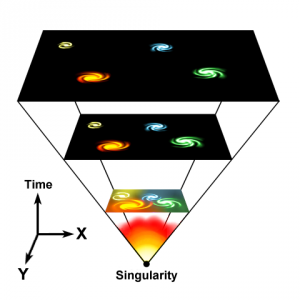WEDNESDAY, 12 OCTOBER 2011
Schmidt and Riess were part of a team of scientists who in 1994 embarked on a plan to map out the Universe by locating its most distant supernovae. Meanwhile, Perlmutter was head of another team, which had been working since 1988 towards the same goal. The advent of more powerful computers and innovative imaging techniques enabled the teams to study for the first time a special type of supernova, known as a type Ia supernova. These supernovae are explosions that result from the collapse of a very dense star – as heavy as our Sun, but as small as the Earth.The research teams studied over 50 of these extremely bright supernovae and eventually concluded that the light they emitted was weaker than expected. This discovery indicated that the expansion of the Universe was accelerating – an unexpected yet far-reaching result. Although it was already well known that the Universe was expanding, this realisation shook the foundations of cosmology – there was no easy explanation for it.
Many theories have since been put forward to explain this finding - the most favoured being that of the existence of dark energy. While dark energy is not fully understood and has not yet even been detected, many physicists argue that its presence can be inferred indirectly from phenomena such as this year’s Nobel Prize-winning discovery.
Perhaps the most important implication of the finding is its contribution to the debate about the ultimate fate of the Universe. The much-feared ‘Big Crunch’ now seems less likely than ever before – replaced instead by a relentless expansion.
Written by Javier Azpiroz-Korban

